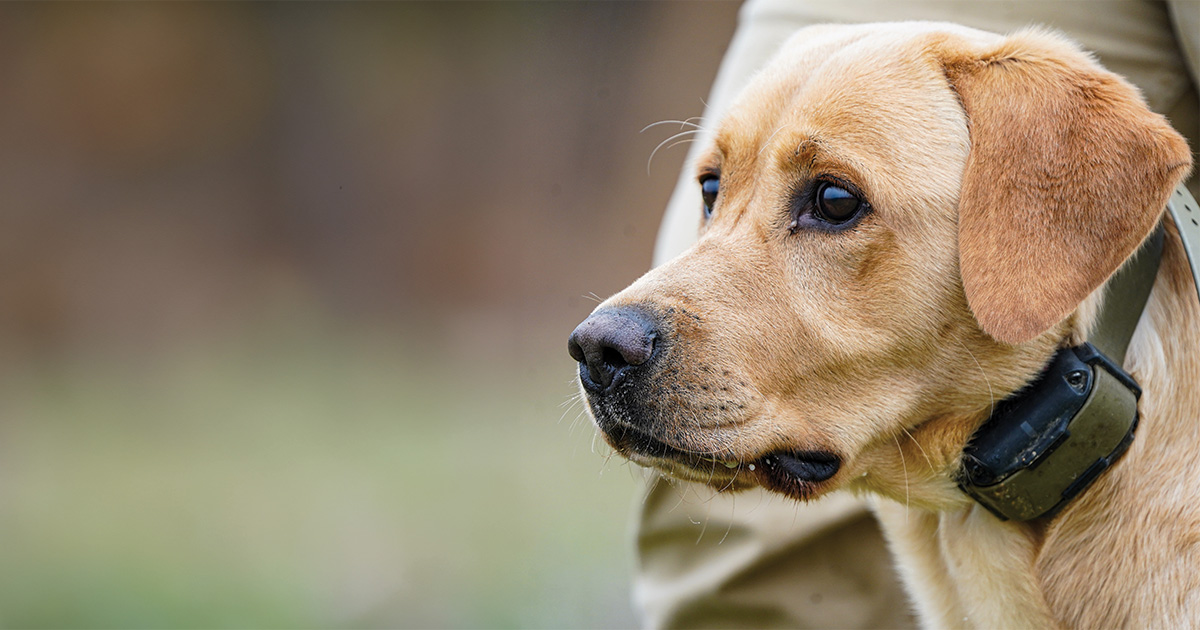Simplified New CDC Requirements Just Announced for U.S. Hunting Dogs Returning from Canada
Retriever owners heading to Canada this fall will be relieved by revised dog guidelines just announced by the Centers for Disease Control and Prevention (CDC)
Retriever owners heading to Canada this fall will be relieved by revised dog guidelines just announced by the Centers for Disease Control and Prevention (CDC)

On July 22 the CDC announced updated canine travel and importation guidelines that will impact U.S. hunters with dogs returning from Canada this hunting season. These new requirements go into effect on August 1, 2024 and are much clearer and simpler than those previously set by the agency at the end of June.
Ducks Unlimited (DU) supported Rep. Nick Langworthy’s (NY) bipartisan letter urging the CDC to simplify and/or delay this proposed rule last week, and will continue to closely monitor the issue.
Although the new guidelines are more straightforward, hunters still need to make sure they have everything properly in order before heading north this fall, including the usual requirements from the Canadian Food Inspection Agency (CFIA). The updated CDC-specific requirements are as follows:
When traveling across the border to Canada with your dog, the Canadian Food Inspection Agency (CFIA) has a brief set of their own unique requirements that should be familiar to U.S. hunters. Upon crossing, you'll need to ensure your retriever has the following:
These guidelines are straightforward and have long been part of the responsible travel routine for hunters crossing the border. To find out more, visit the CFIA website.
Media Contact:
Nathan Ratchford
Conservation Communications Coordinator
(570) 406-4925
Ducks Unlimited uses cookies to enhance your browsing experience, optimize site functionality, analyze traffic, and deliver personalized advertising through third parties. By continuing to use this site, you agree to our use of cookies. View Privacy Policy